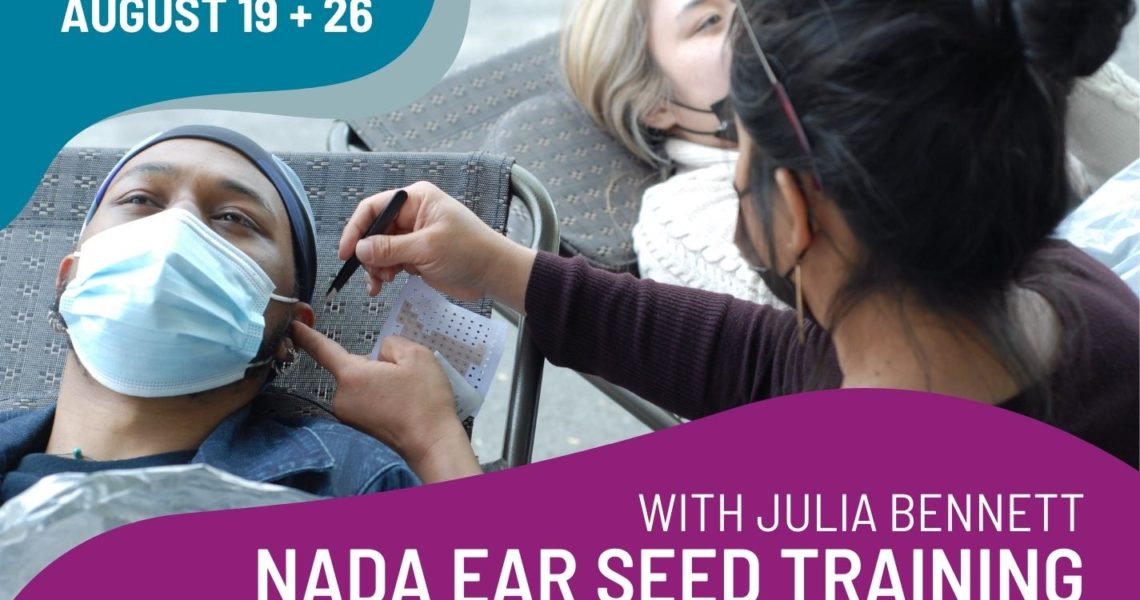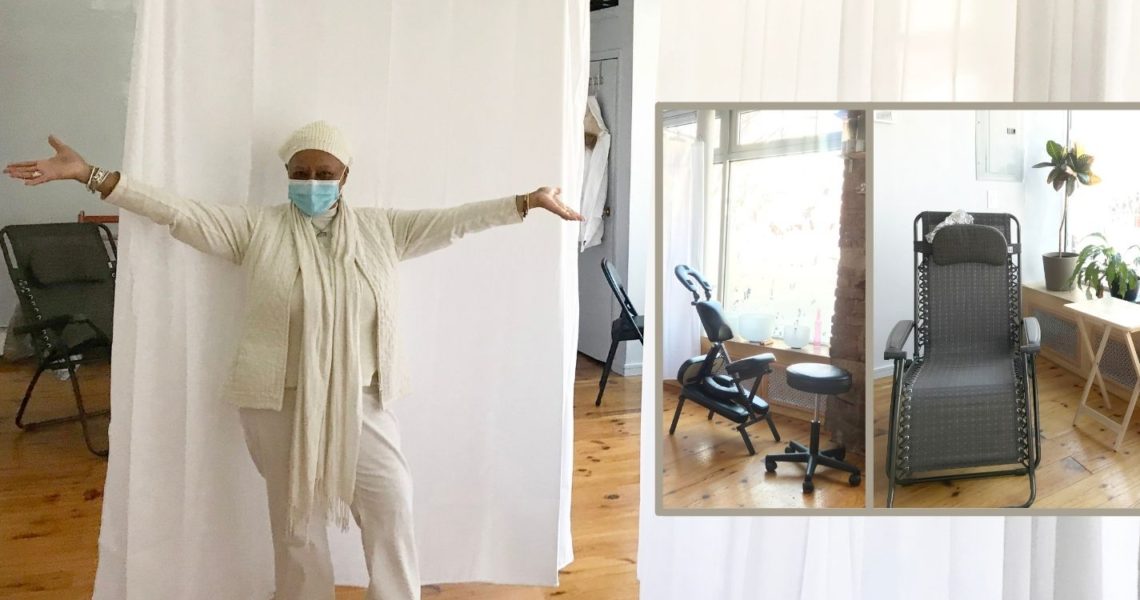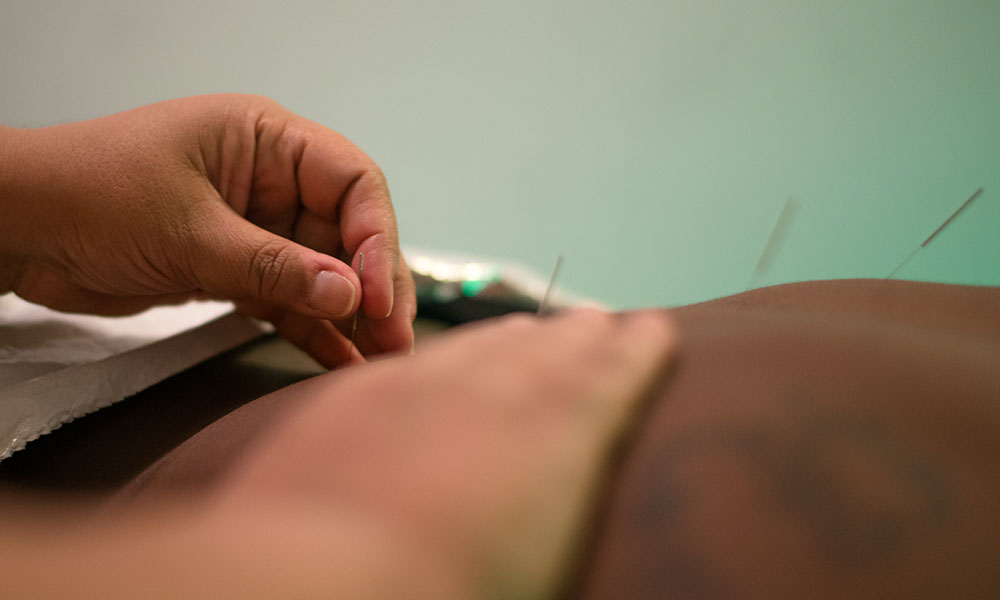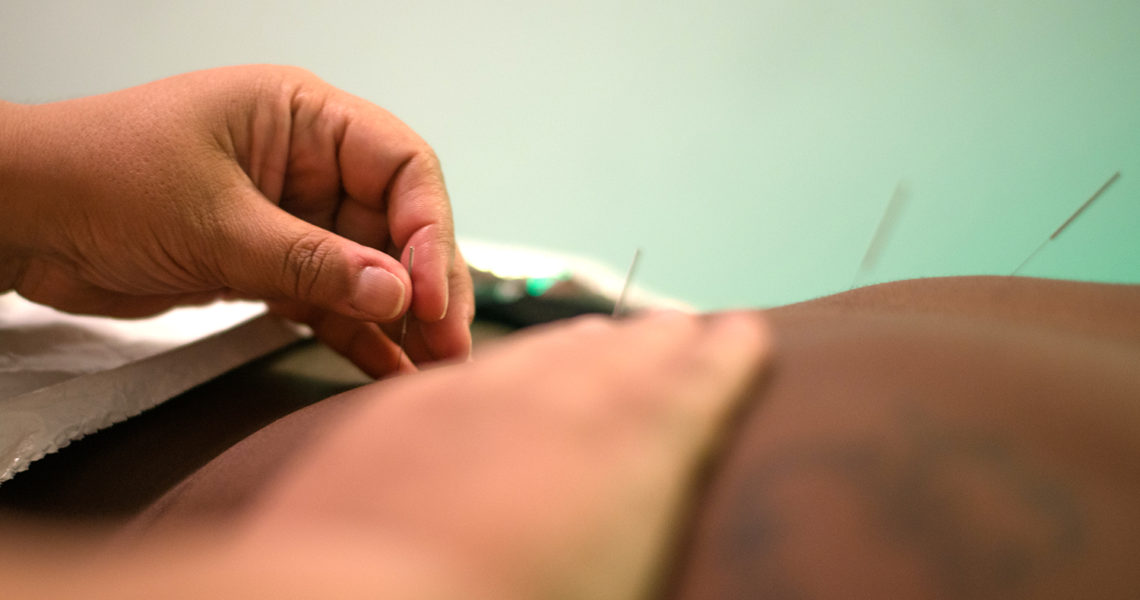NADA protocol: Ear Seed & Auricular Acupressure Training with Julia Bennett
August 26 – With Julia Bennett
Brooklyn Community Acupuncture at Third Root
Every Sunday and Thursday
$50-70, Sliding Scale
Acupuncture Insurance at Third Root
How to know whether you’re eligible for insurance coverage for acupuncture at Third Root
Acupuncture FAQ’s
Acupuncture works with the subtle energies of the body. When first experiencing acupuncture, it’s normal to feel the needles as they enter the points on your body. Because acupuncture needles are much finer than needles used in medical settings, the sensation is much milder and sometimes undetectable. You may experience a brief moment of discomfort, muscle twitch, or sensation followed by mild tingling. Many times, patients don’t feel anything and find the treatment quite relaxing, some even fall asleep. If any points feel uncomfortable, notify your practitioner and they can make adjustments to ease your treatment. You should not experience pain or discomfort after all needles are inserted, however you may feel sensations moving through your body as energy circulates within your body.
Before you arrive, you’ll complete a health history and consent form. When you arrive, your practitioner will take a verbal history of health habits and acute issues. The practitioner may then look at your tongue and feel your pulse. These are all traditional diagnostic methods. Once your practitioner diagnoses you, they begin treatment.
Once you’ve checked in with your practitioner about how you’re doing you can lie down on a treatment table or recline in a zero-gravity chair. The practitioner then cleans the points with alcohol and begins inserting needles in the pre-designated points. At any time if you have discomfort or emerging needs during treatment we encourage you tell your practitioner. The practitioners goal is to make the experience comfortable as well as healing, and they’re happy to accommodate your individual needs.
Needles commonly stay in 20 – 40 minutes as you rest, then the practitioner removes them. The practitioner may stimulate the needles via hand or using heat therapy. Afterward your practitioner may suggest dietary modifications, wellness techniques or herbal medicine, to sustainably support your healing.
Depending on the practitioner’s assessment treatments may include:
- Moxibustion or Moxa – a technique using dried mugwort compressed, ignited, and used to warm acupoints and channels. Moxa helps increase the action of specific points as well as treat stagnation, cold, and weakness in different areas.
- Tui Na – a system of massage originating in China mostly performed over clothes, involving the manipulation of Qi along pathways to relieve stagnation, relieve pain, and provide full-body support.
- Cupping – the use of suction created in hollow cups over areas of stagnation to ease movement, function, and pain.
- Energy therapy techniques like reiki.
- Electrical stimulation – a small electrical current passed between pairs of acupuncture needles, primarily to alleviate pain
Depending on the duration, severity, and nature of your illness, and your own availability, your practitioner can recommend a frequency and duration of your treatment. They can give you a general idea of this on your first visit.
Wear clothes that are comfortable, lose fitting, and allow the practitioner to access your arms and legs. Or come with a change of clothes.
In community acupuncture we treat patients together in our community space while they rest in zero gravity reclining chairs. We treat using acu-points on the arms, legs, and head. In private sessions we treat individual patients on treatment tables and are able to access more body areas. We may also utilize other modalities including cupping, gua sha, and moxa.
Community Acu is useful for calming the nervous system, aligning energy channels, and reducing cravings and anxiety.
Tuina is a form of Chinese massage incorporating acupoints and meridians. Depending on the diagnosis, pressure can be light or deep, with slow or fast strokes. Gua Sha is an East Asian medical practice that utilizes a blunt-edged instrument rubbed against specific acupoints and channels to release stagnation and pain. The short, rubbing strokes create warmth and bring the stagnation to the skin surface in the form of non-painful bruising which fades in 2-3 days. Practitioners performing either of these techniques will check in with their patient and get consent during the course of the treatment. For more information about either technique, speak to your practitioner.
Acu-Plus: Enhanced Acupuncture in Brooklyn
Introducing: Acu-Plus!
Acupuncture is one of several therapies used in the healing system of Chinese Medicine, with a 2000-year written history. It is commonly practiced throughout East Asia, though historical evidence shows variations of acupuncture in the ancient Americas as well.
In addition to our standard 60 minute private acupuncture appointments for returning patients, we also offer “Acu Plus” appointments. These 90 minute visits will be recommended on a case-by-case basis by the practitioner after the initial evaluation and treatment to determine necessity.
Acu Plus might be recommended for:
- Addressing mobility concerns, positional switching, and/or allowing more time to rest with needles
- Adding an herbal consultation or followup to an acupuncture appointment
- Allowing more time for other hands-on modalities such as: cupping, tui na, gua sha, moxibustion, or electrical stimulation. These modalities involve adding heat, current, or pressure to skin and fascia (muscle connective tissue) to increase blood flow and enhance the ability for the body to engage in self-healing.
Both 60 and 90 minute appointments are helpful for symptoms from conditions such as chronic pain, stress, digestive and reproductive problems, anxiety, and more!




